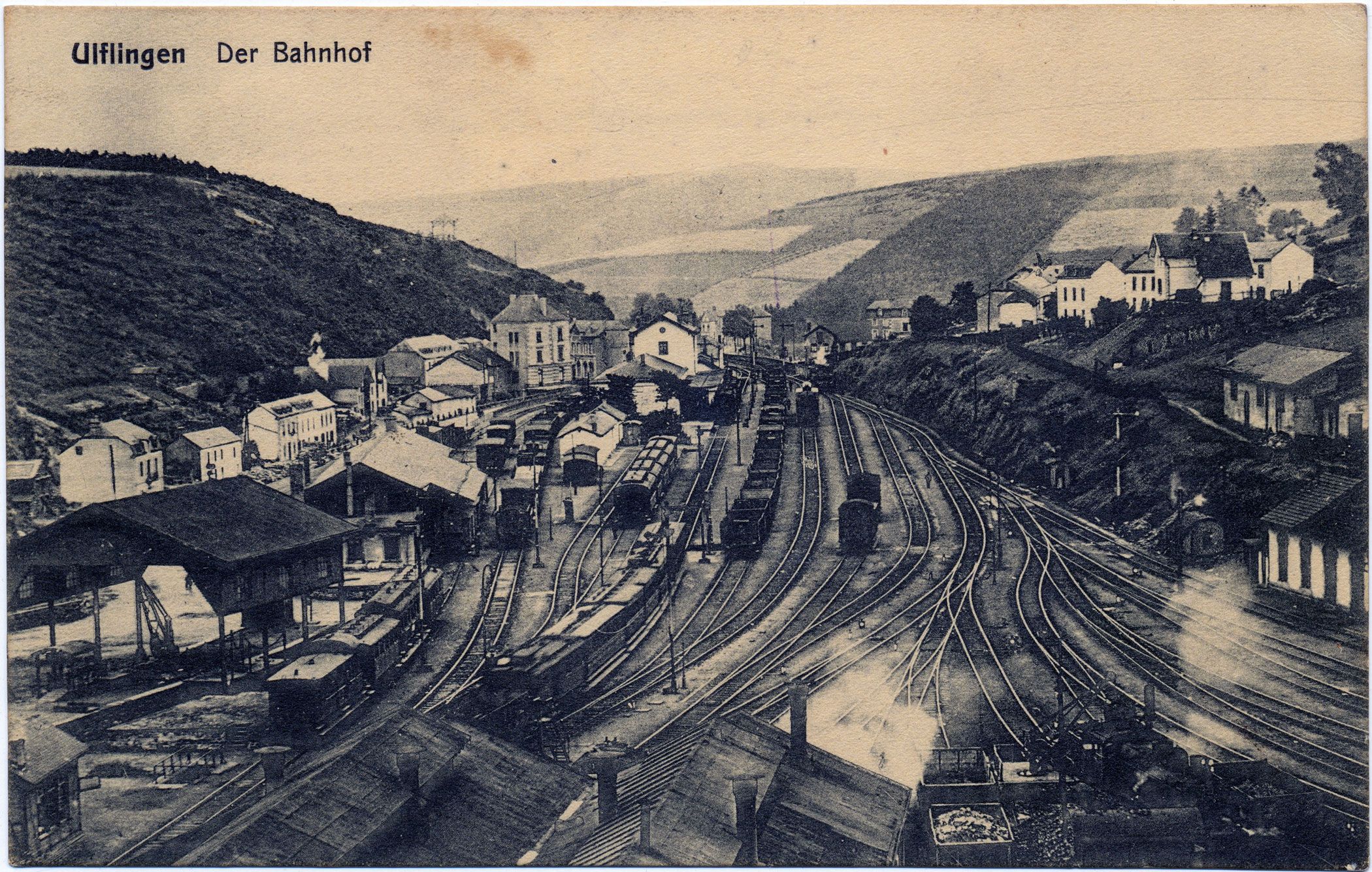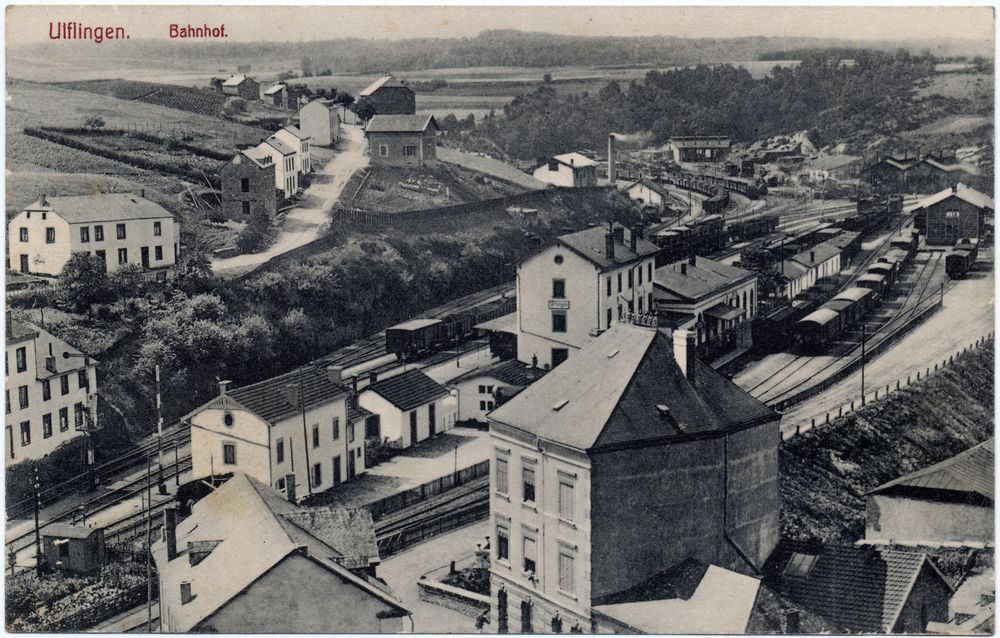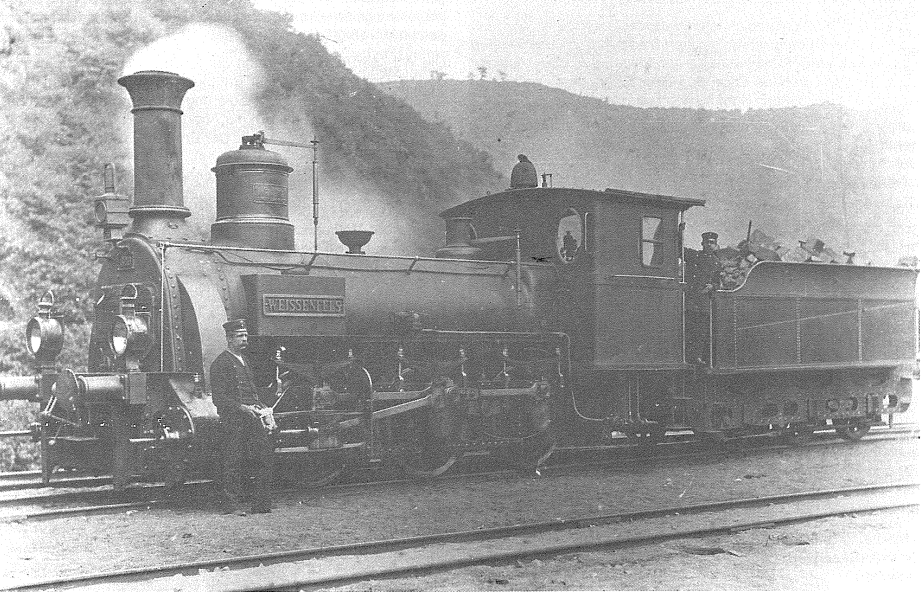

Troisvierges Trainstation
Troisvierges Station's story mirrors a dynamic era in European history. From a modest border stop, it transformed into a vital transportation hub, only to witness the turmoil of war and the gradual shift toward quieter days.
The Building Boom (1880s-1914)
The addition of a line to St. Vith, Belgium, triggered a flurry of construction. New tracks, platforms, and even a dedicated loading yard for livestock were added due to the surging rail traffic. This expansion saw up to 800 wagons pass through the station daily! Troisvierges’ border location made it a busy interchange for both the Prussian and Luxembourgish railways.
A Wartime Witness (1914-1945)
Days before the First World War, German soldiers prematurely stormed Troisvierges Station, only to be ordered back across the border in a bizarre twist! Unfortunately, this event foreshadowed the station's wartime use in the two World Wars. It suffered damage in the Battle of the Bulge, a grim reminder of the wars' impact on the region.
Post-War Decline and Transformation (1945 onward)
While the station never regained its pre-war bustle, it remained a key link on the northern line in Luxembourg. American army engineers remarkably restored functionality within two months of the German retreat in 1945. Later upgrades, like the imposing central signal box, signalled modernization. Yet, steam locomotives were phased out, and some of the once-extensive yards were removed – Troisvierges adapted to the shifting demands of the railway.
Today: Echoes of the Past
Step onto the platforms of Troisvierges Station and feel the weight of history. Imagine the rhythmic chugging of steam engines, the shouts of porters, and the bustling crowds of decades gone by. Can you spot where different eras of construction left their mark on the buildings? And remember, even during the occupation, a group of returning musicians once spontaneously played a patriotic song right under the noses of the Germans - a small act of defiance amidst difficult times. Though quieter now, the station remains a charming stop for travellers and a fascinating glimpse into Luxembourg's railway heritage.
Opening hours













